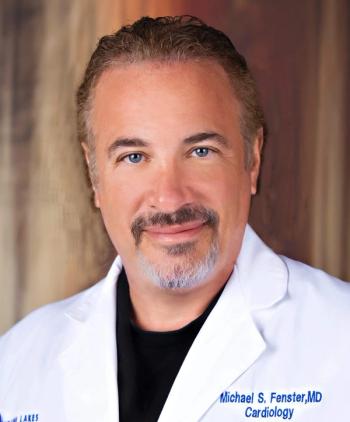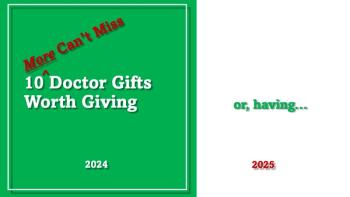
13 Facts to Know About Physician Practice Trends
The medical profession is changing. What it will become in the years ahead is anyone's guess. Jackson Healthcare, one of nation's top healthcare staffing companies, has some interesting numbers to look at on the matter.
The medical profession is changing. What it will become in the years ahead is anyone’s guess. Jackson Healthcare, one of nation’s top healthcare staffing companies, has some interesting numbers to look at on the matter.
Their
Here are some highlights:
• A “satisfied physician” is one who is age 25 to 44, works 8 hours per day, is employed but never worked in private practice, puts lifestyle over employment issues, and has a greater number of patients with private insurance.
• A “dissatisfied physician” is one who is age 45 to 64, works more than 8 hours per day, owns a solo practice, has patients who delay treatments, and has lost patients due to Obamacare.
• The work status of those surveyed were: hospital employee (21%), solo practice owner (21%), ownership in single-specialty practice (17%), single or multi-specialty practice owned by a hospital/health system (14%), employee of privately owned single or multi-specialty practice (14%), and locums (9%).
• Those specialists most likely to own a solo practice were: dermatologists (55%) ophthalmologists (43%), behavioral health (34%), and women’s health (29%).
• When doctors were asked why they elected hospital employment over private practice, the top two answers were “they did not want to deal with the administrative hassles of owning a practice” and “they wanted to be a doctor, not a businessperson.”
• About 30% of doctors employ physician assistants and 35% use nurse practitioners. And 76% say these professionals have improved practice productivity. Nearly 75% of PAs/NPs say they are happy with their work situation.
• The majority of doctors (61%) say their work day is between 9 and 12 hours long.
• The average doctor said sees about 20 patients per day and spends 20 minutes with each one.
• When asked how Obamacare had impacted their practice, the top two answers from doctors were: “too early to tell” and “high deductibles for patients.”
• The patient mix for physician practices is private insurance: (45%), Medicare (29%), Medicaid (15%), and cash: (11%).
• Regarding physician compensation, 12% reported an annual increase, 45% saw a decrease, and 43% had no change in pay.
• For doctors who saw a decrease in annual compensation, they were age 45+, had ownership in a single specialty practice, and practiced in an internal medicine subspecialty or anesthesiology. They also reported more billing problems and patients who either delayed care or shopped around for cheaper services. They were also less likely to employ PAs/NPs, accept Medicare patients, encourage young people to become a physician, and continue on in medical practice.
• For doctors who saw an increase in annual compensation, they were age 45 and younger, specialize in behavioral health or hospital-based medicine, and are not involved in patient billing matters. Their patients are not cost-conscious or health-price shoppers and don’t delay procedures. They are seeing more patients and more likely to employ PAs/NPs. They are also happy with their work and more willing to recommend it as a career.
Note: The April to June 2014 survey included more than 1,500 physicians from all 50 states and all medical specialties.
Newsletter
Stay informed and empowered with Medical Economics enewsletter, delivering expert insights, financial strategies, practice management tips and technology trends — tailored for today’s physicians.








